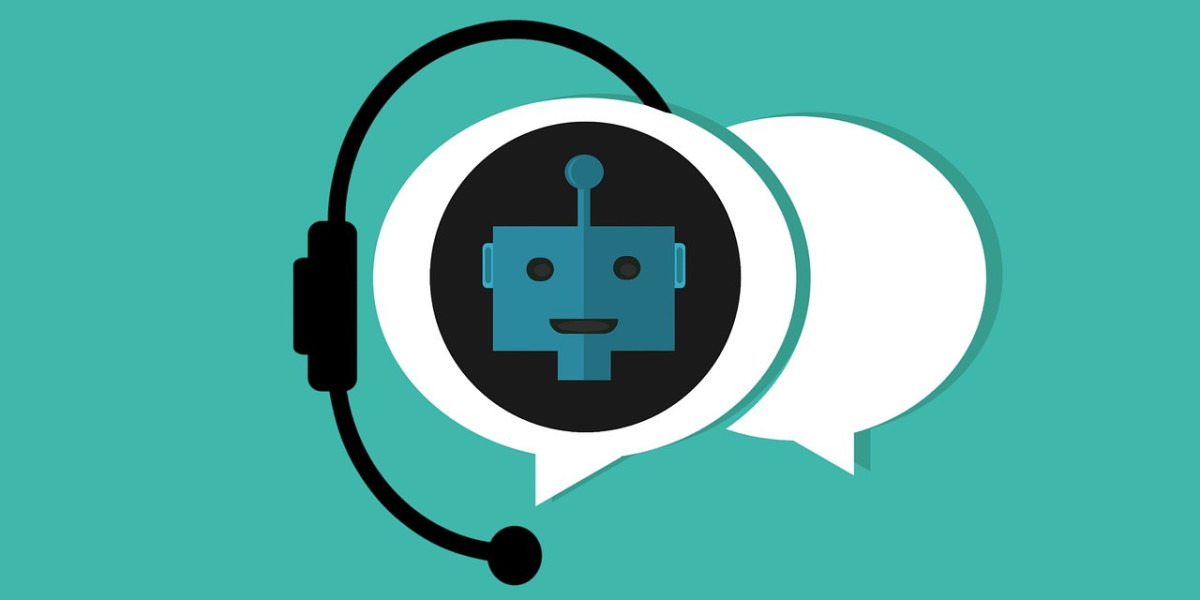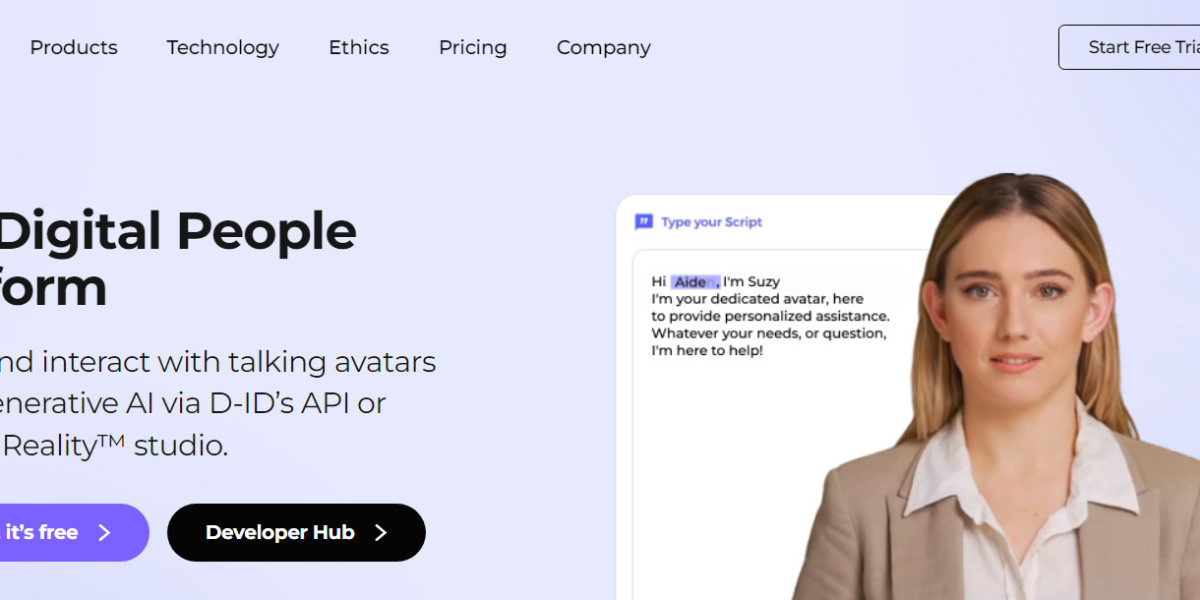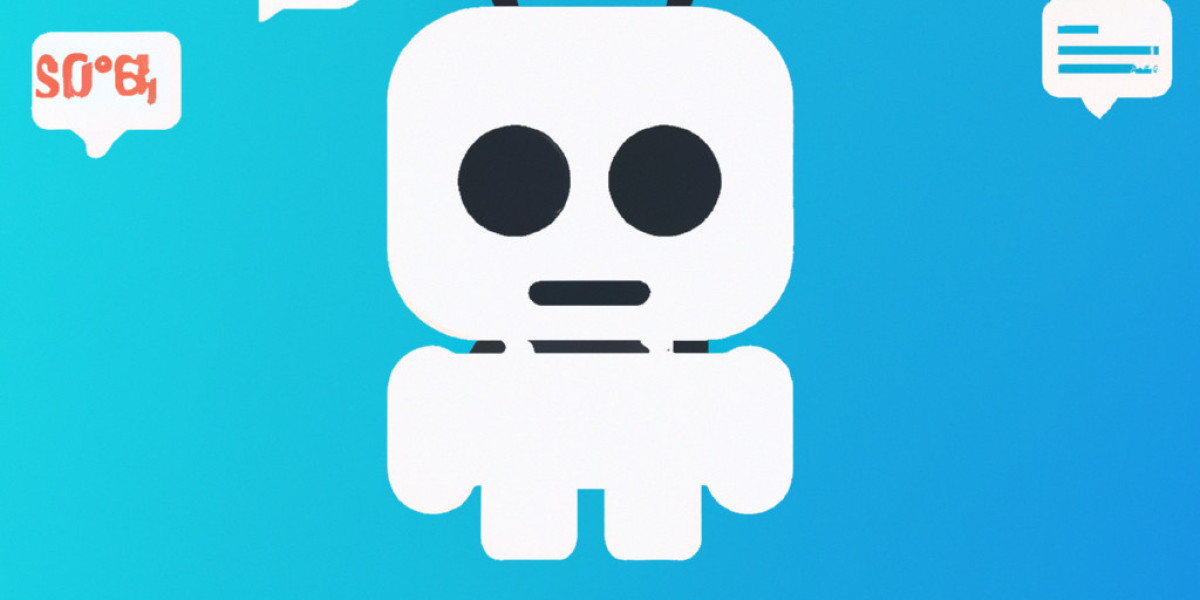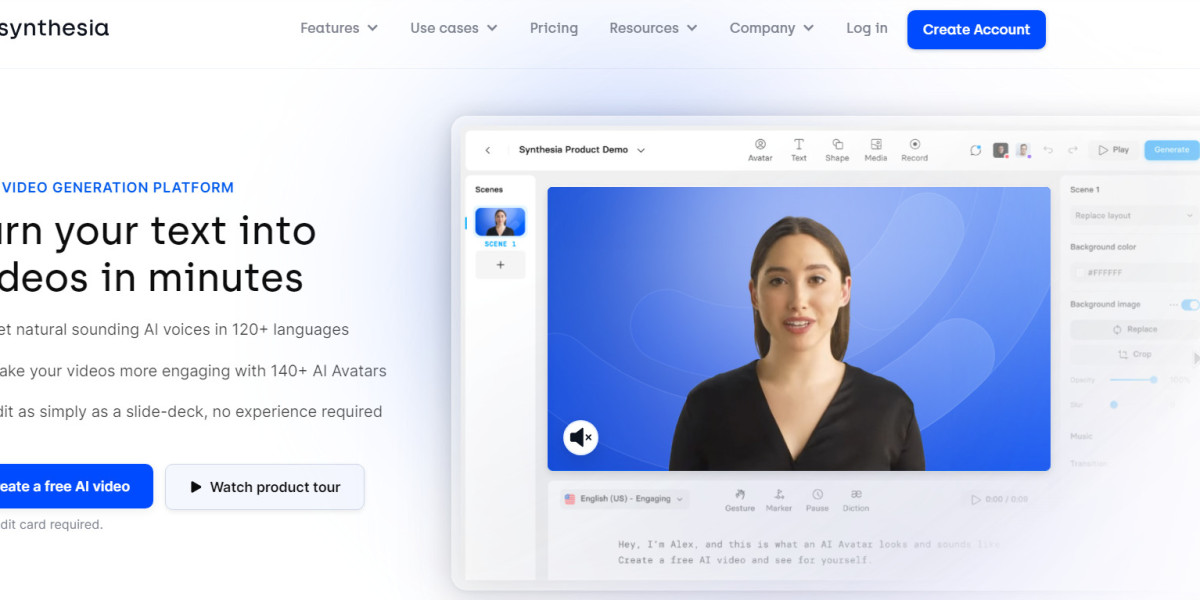The Best Free AI Chat Tools: Enhancing Customer Service and Engagement

In today's fast-paced digital world, brands are constantly searching for innovative ways to improve customer service, market their products, and engage with their audience. One of the most effective tools they have at their disposal is AI chatbots. AI chatbots leverage machine learning and natural language processing to provide a human-like conversational experience. In this article, we will explore the top free AI chat tools available on the internet, their features, and how they can enhance your customer service and engagement strategies.
Table of Contents
- Introduction
- What is an AI Chatbot?
- The Advantages of AI Chatbots
- Conversational AI vs. Rule-Based Chatbots
- Use Cases for AI Chatbots
- The Best Free AI Chat Tools
- ChatSpot
- ChatGPT
- Bing Chat
- Bard
- Jasper Chat
- Perplexity
- Tidio Lyro
- Kommunicate
- HubSpot Chatbot Builder
- Intercom
- How to Get Started with AI Chatbots
- Conclusion
1. Introduction
In recent years, AI chatbots have gained popularity as a powerful tool for businesses to interact with their customers. These chatbots can be integrated into websites, messaging platforms, and even mobile apps, providing instant support and personalized recommendations. The advancements in generative AI and language models have allowed for more sophisticated and human-like conversations, making AI chatbots an invaluable asset for businesses of all sizes.
2. What is an AI Chatbot?
An AI chatbot is a software program that utilizes machine learning and natural language processing to interpret user inputs and understand the intent behind their requests. These chatbots are trained on large datasets to recognize patterns and understand natural language, enabling them to handle complex queries and provide accurate responses. Additionally, AI chatbots can learn from previous conversations, continuously improving their understanding and responsiveness.
3. The Advantages of AI Chatbots
AI chatbots offer several advantages over traditional rule-based chatbots. Here are some key benefits:
Improved Customer Experience:
AI chatbots provide instant responses, personalized recommendations, and round-the-clock availability. They can handle multiple conversations simultaneously, reducing response times and improving overall efficiency. Customers can receive support and engage with your brand at any time, enhancing their experience.
Efficiency:
As your business grows, handling customer queries and requests can become challenging. AI chatbots can automate repetitive tasks, freeing up your team's time for more complex issues. They can handle a large volume of requests without compromising on the quality of customer support.
Data Gathering and Analysis:
AI chatbots can collect valuable customer data, such as preferences, pain points, and frequently asked questions. This data can be used to improve marketing strategies, enhance products or services, and make informed business decisions.
Lead Generation and Support:
AI chatbots can qualify leads, provide personalized experiences, and assist customers at every stage of their buyer journey. By nurturing leads and providing relevant information, AI chatbots can increase conversion rates and drive meaningful interactions.
4. Conversational AI vs. Rule-Based Chatbots
While AI chatbots are a type of conversational AI, it's important to note the distinction between conversational AI and rule-based chatbots. Rule-based chatbots are programmed with specific rules and decision trees to understand and respond to user inputs. They are limited in their capabilities and can only provide predefined responses based on keywords or phrases.
On the other hand, conversational AI chatbots utilize machine learning and natural language processing to understand the context and intent of user inputs. They can generate more natural and human-like responses, learn from conversations over time, and provide more accurate and relevant information.
5. Use Cases for AI Chatbots
AI chatbots have a wide range of applications across various industries. Here are some common use cases:
Customer Support:
AI chatbots can provide 24/7 support, address frequently asked questions, and solve simple issues through a chat interface. They can assist customers with product information, troubleshooting, and order tracking, improving overall customer satisfaction.
Sales and Marketing:
AI chatbots can answer initial inquiries about products and services, provide recommendations based on customer preferences, and guide customers through the purchase decision-making process. They can assist with lead generation, product recommendations, and cross-selling or upselling opportunities.
Writing and Editing:
AI chatbots can help with content creation by generating ideas, creating outlines, and even drafting emails, social media copy, and paragraphs. They can assist writers and marketers in generating high-quality content more efficiently.
Recruitment and HR:
AI chatbots can engage with potential job candidates, answer basic questions about open positions, and schedule interviews and meetings. They can streamline the recruitment process and provide a seamless candidate experience.
6. The Best Free AI Chat Tools
Now, let's explore some of the best free AI chat tools available on the internet. These tools offer a range of features and functionalities to enhance your customer service and engagement strategies.
ChatSpot
ChatSpot is HubSpot's conversational CRM bot that combines the capabilities of ChatGPT with unique data sources. It can assist with content writing, research, SEO, prospecting, and more. With ChatSpot, you can automate tasks like saving contacts, notes, and tasks, and receive guidance on using HubSpot's tools effectively.
ChatGPT
ChatGPT, powered by OpenAI's GPT-3.5 and GPT-4 models, is a conversational chatbot that can generate responses in real-time. It can answer questions, ideate, help with content creation, and solve math problems. ChatGPT learns from previous conversations and improves over time.
Bing Chat
Bing Chat, developed by Microsoft, is an AI-powered co-pilot for web searches. It provides detailed responses to search queries, citing the sources from which it gathers information. Bing Chat also features an image creator tool that can generate images based on specific prompts.
Bard
Bard, developed by Google, is a multi-use AI chatbot that can generate text and spoken responses in over 40 languages. It can help with writing and editing tasks, create images, answer math problems, and more. Bard features a user-friendly interface and offers export options to Google Docs and Gmail.
Jasper Chat
Jasper Chat is an AI chatbot designed for content creation. It can help with brainstorming content ideas, writing photo captions, generating ad copy, and creating blog titles. Jasper Chat learns your brand's voice and style, ensuring that the content it generates aligns with your brand identity.
Perplexity
Perplexity is an AI chatbot powered by GPT-3.5. It acts as a conversational search engine, providing simple answers to questions and generating related topics for further reading. Perplexity allows users to save search threads and share them with others.
Tidio Lyro
Tidio Lyro is a conversational AI bot developed by Tidio. It offers deep learning capabilities and can automate tasks like saving contacts and notes. Tidio Lyro leverages your existing data to provide personalized experiences and enhance customer support.
Kommunicate
Kommunicate is an AI chatbot platform that enables businesses to integrate chatbots into their websites and messaging platforms. It offers features like natural language understanding, sentiment analysis, and multilingual support. Kommunicate also provides analytics and reporting to track chatbot performance.
HubSpot Chatbot Builder
HubSpot Chatbot Builder allows users to create and customize AI chatbots for their websites. The builder provides a user-friendly interface, drag-and-drop functionality, and integration with HubSpot's CRM. Users can automate conversations, qualify leads, and provide personalized experiences.
Intercom
Intercom offers an AI chatbot platform that helps businesses engage with their customers and provide personalized support. It enables users to automate conversations, qualify leads, and send targeted messages based on user behavior. Intercom also provides analytics and reporting to measure chatbot performance.
7. How to Get Started with AI Chatbots
To get started with AI chatbots, follow these steps:
Identify your goals and objectives: Determine how you want to use AI chatbots and what specific tasks or challenges you want them to address.
Choose the right chatbot platform: Research and select a chatbot platform that aligns with your business needs and budget. Consider factors like ease of use, customization options, and integration capabilities.
Define your chatbot's purpose and scope: Clearly define the purpose and scope of your chatbot. Identify the target audience, the types of queries it should handle, and the desired outcomes.
Design conversational flows: Map out the conversational flows and user interactions. Consider different user scenarios and plan appropriate responses for each.
Train your chatbot: Train your chatbot using relevant datasets and conversation examples. Continuously monitor and improve its performance based on user feedback and analytics.
Test and iterate: Test your chatbot thoroughly to identify any issues or areas for improvement. Iterate and refine the chatbot's responses and behavior based on user feedback and real-world usage.
Deploy and monitor: Deploy your chatbot on your desired platforms, such as your website or messaging apps. Monitor its performance, analyze user interactions, and make adjustments as necessary to optimize its effectiveness.
8. Conclusion
AI chatbots have revolutionized the way businesses interact with their customers and provide support. These powerful tools leverage machine learning and natural language processing to deliver personalized experiences, improve efficiency, and enhance customer satisfaction. By integrating AI chatbots into your customer service and engagement strategies, you can streamline operations, generate leads, and drive meaningful interactions. Explore the best free AI chat tools available and start harnessing the power of conversational AI today.
Remember, the key to success is to choose the right chatbot platform, define clear objectives, and continuously improve your chatbot's performance based on user feedback. With the right approach and the best AI chat tools at your disposal, you can take your customer service and engagement efforts to new heights.








